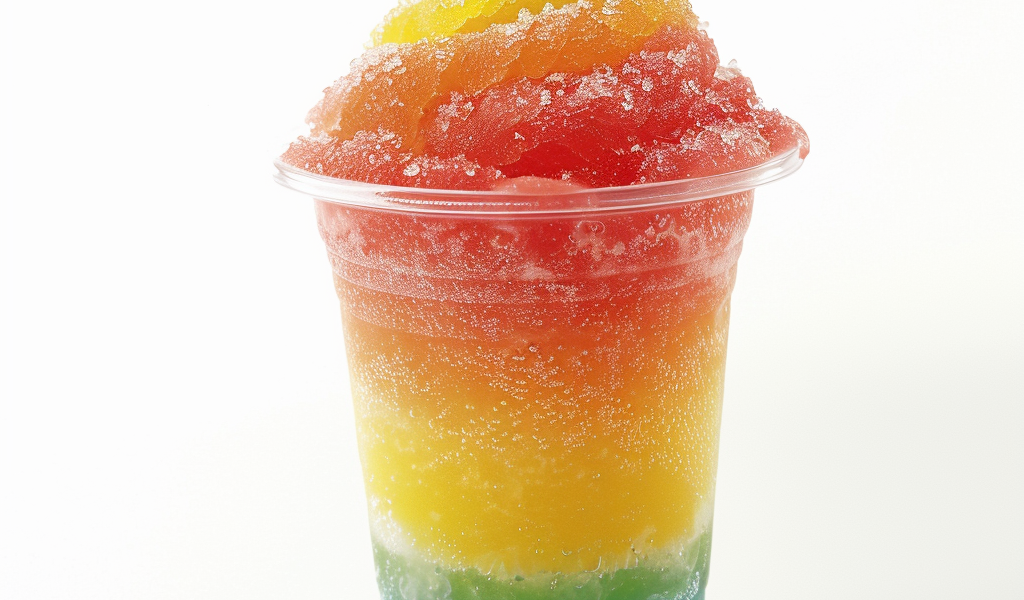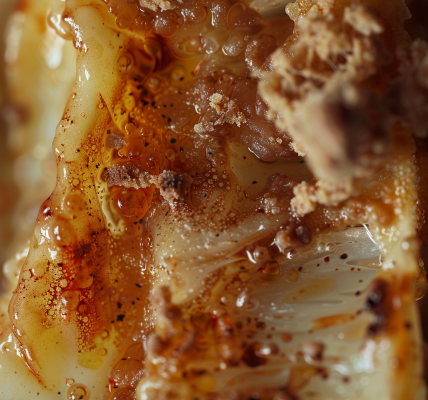Slushy drinks are a popular choice amongst kids with their fun flavors and vibrant colors, but recent incidents have raised concerns about their safety. Two children, aged 3 and 4, ended up in the hospital after consuming fruit slushies, prompting experts to warn parents about the potential dangers of these icy treats.
Food chiefs advise that children under the age of four should not be given slushy drinks, as they contain a key ingredient called glycerol, which can be toxic in large quantities. Glycerol, also known as E422, is used in crushed ice drinks to maintain the right consistency and prevent them from freezing. While glycerol is generally considered to have low toxicity, there are worries about the impact on young children when consumed in large amounts over a short period.
Last month, a three-year-old boy fell unconscious after drinking a raspberry slushy, with hospital staff attributing his condition to glycerol intoxication. Similarly, a four-year-old child experienced breathing difficulties after consuming a small strawberry slushy, but fortunately made a full recovery.
Although these are extreme cases, toddlers can still suffer from symptoms such as headaches, nausea, fainting, and shock due to high levels of glycerol. Adam Hardgrave, head of additives at the Food Standards Agency, emphasized the importance of parents being aware of the risks, noting that there may be under-reporting of glycerol intoxication as symptoms could be attributed to other factors.
These incidents serve as a reminder for parents to carefully consider the potential health risks associated with slushy drinks before allowing their children to consume them. With the safety of young ones in mind, it’s crucial for parents to stay informed and make conscious decisions about the beverages they provide to their kids.





